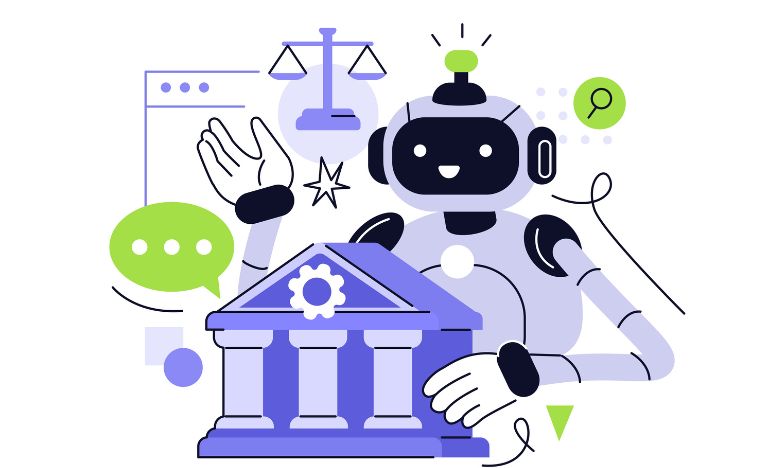Is a legal AI breakthrough in sight?
New tools are signalling a shift in the way lawyers will use AI, one that may bring some of the benefits people have been hoping for

In recent months, the pace of change in AI has increased, with several new developments impacting law.
However, despite ample commentary on AI in law, it’s been difficult to get a bigger picture of where we’re at.
Is AI finally more useful for research than running Boolean queries on CanLII? Can it help lawyers do more than edit their writing or offer the odd case summary? Is it good enough now to help self-represented litigants navigate a complex legal problem on their own?
On the heels of new developments, I see three patterns emerging.
The killer application for AI in law is still what it was several months ago: using it to do things with documents you upload. We’re not there yet with legal research due to certain limitations that haven’t been overcome.
But are we on the brink of a possible breakthrough?
The killer application in legal AI
A point I’ve been touting for some time bears repeating: the most reliable and effective use of AI in law (and other fields) is doing things with documents you upload.
The best tool for this (though not the only one) remains Google’s NotebookLM, which allows you to upload up to 50 files or documents and run queries about them. Drawing on cases, articles, or material from the web, it can generate case summaries or first drafts of opinion letters, memoranda of argument, contracts and so on.
A key feature is that it pinpoints passages in your source documents, making it easy to confirm accuracy. It still makes mistakes, but for a first draft or a quick summary, using NotebookLM and other AI tools in this way is invaluable.
Research: progress but hiccups along the way
The days of ChatGPT generating wildly inaccurate responses to legal queries appear to be mostly behind us. It can now generate pretty good summaries of an area of law, a case, or a rule from a statute with correct citations. It’s a good place to start if you’re new to a problem.
But AI still hasn’t solved a larger issue: having to spend hours running Boolean queries on CanLII and sifting through dozens of cases to find the one or two that matter.
LexisNexis and others began rolling out their flagship AI products last year with much fanfare, only to be met with deep disappointment. As commentators have noted, using these tools often leads to erroneous or incomplete results.
Lexis+ AI and other tools aren’t that good yet because most appear to work the same way. They translate your prompt into a Boolean search and present the results in a plain-word summary that is, more often than not, just plain wrong or unhelpful.
I have speculated that we won’t get the legal AI we’re waiting for until a specific shift occurs.
Current tools can’t find the cases we’re looking for because they’re not reading cases. To read them, an AI tool would have to load an entire case law database into the context (prompt) window, as NotebookLM does with your source docs.
That seems a long way off, so I’ve assumed legal research with AI wouldn’t improve for a while.
Fortunately, I may be wrong.
A breakthrough in sight
In December, Google unveiled a product called Deep Research. Recently, OpenAI followed with a similar (but better) tool they decided to give the same name.
Both produce lengthy and detailed research reports, complete with citations from sources culled from the web, including — and this is the crucial part — articles found in databases.
This points to the next step in legal AI. It’s not a better Lexis+ or even CanLII strapped to last year’s language model, but more an app like Claude or Gemini or GPT4 directed to do multi-step queries for you on CanLII itself — or other forms of more elaborate research and writing.
This doesn’t mean you don’t have to know a bit about the area of law you’re working in to get good results. And it doesn’t mean we’ve solved the problem for self-represented litigants.
But it does signal a deeper shift in the way lawyers will use AI, one that may bring some of the benefits we’ve been hoping for.


